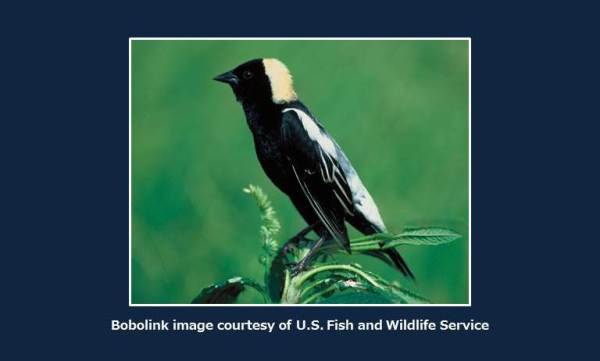Effects of prairie restoration on butterfly communities
 Monday, February 22, 2016 at 3:35PM
Monday, February 22, 2016 at 3:35PM
This study looked at the butterfly communities found in restored prairie sites in the Loess Hills in Iowa. Restoration sites were managed with prescribed fire, grazing, and a combination of fire and grazing.
Implications for managers:
- There is not a single best managementpractice for butterfly communities
- Knowledge of species present on site – and potential positive and negative responses – can help restoration planning
- Using a variety of management practices may be best way to increase species richness and abundance
For a summary of the study's results and implications for management, you can download a PDF version of the research brief "Effects of prairie restoration on butterfly communities."
The original paper is:
Jennifer A. Vogel, Diane M. Debinski, Rolf R. Koford, and James R. Miller. 2007. Butterfly responses to prairie restoration through fire and grazing. Biological Conservation 140:78-90
 TPOS |
TPOS |  Post a Comment |
Post a Comment | 

